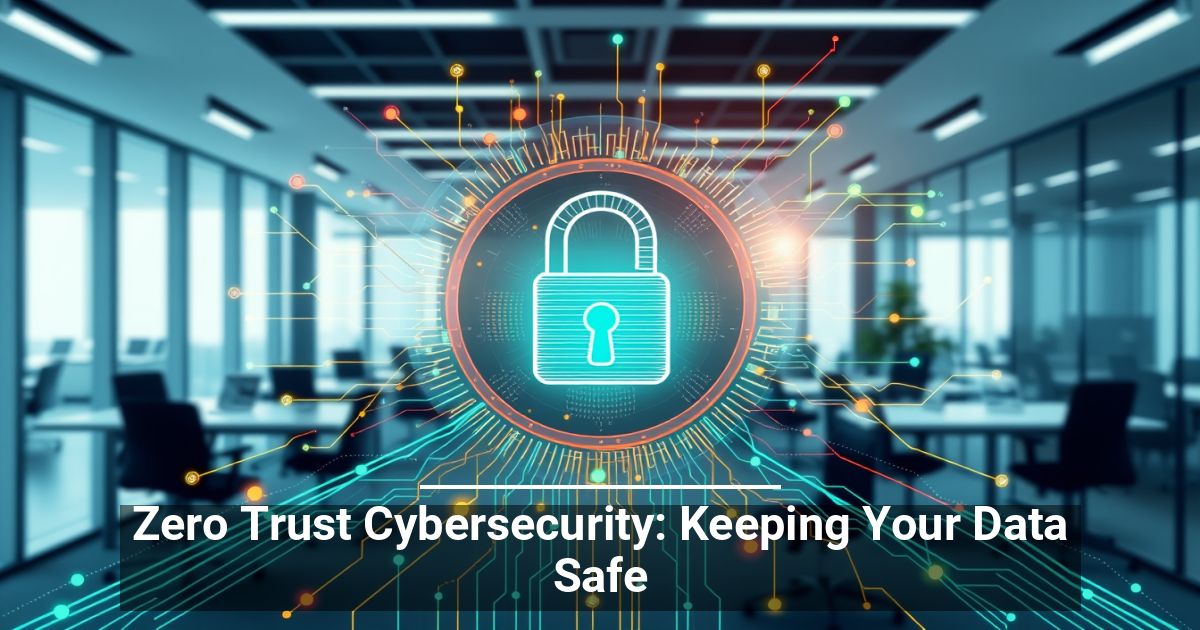 Hackers are looking for new ways to gain access to company networks, and the most common trick they use today isn’t a trick at all. A growing number of so-called hackers aren’t trying to break in but are waltzing through the front door using identity-oriented tactics.
Hackers are looking for new ways to gain access to company networks, and the most common trick they use today isn’t a trick at all. A growing number of so-called hackers aren’t trying to break in but are waltzing through the front door using identity-oriented tactics.
In response, a zero-trust cybersecurity approach is critical to keeping data safe. This architecture requires all users to verify their identities to gain access to the network, regardless of where they are coming from.
How Zero Trust Cybersecurity Works
A zero-trust cybersecurity approach uses micro-segmentation to protect the network. It relies on least privilege access, meaning no one can log in and have unfettered access to the entire network. Instead, they must provide credentials to reach each part of the network; this continuous authentication ensures that even in a breach, the bad actor has limited access to different segments and can only cause minimal damage.
Zero trust cybersecurity represents a shift from the traditional perimeter defense strategy for keeping cyberattacks at bay. As businesses steadily increase the number of users on their networks and devices that can access the network and face the rise of phishing and generative AI-driven attacks, simply blocking access at one point is no longer effective. Network segmentation and continuous identity and access management (IAM) ensure a safer environment by blocking unauthorized access to data and resources.
What Your Business Gains From a Zero Trust Architecture
Moving toward this multi-pronged approach to cybersecurity offers your business multiple benefits beyond enhanced data protection.
Better End-User Experiences
On the surface, identity and access management (IAM) protocols may appear to complicate network access for users (after all, who wants to enter username and password combinations continually?), but zero trust tools address this issue. Most allow for a single sign-on (SSO) tool that allows authorized users to access approved network segments more easily.
Improved Security Policies
Zero trust allows companies to create and implement a universal security policy across the organization rather than relying on multiple tools that each require their policies. The process becomes more streamlined and less likely to have gaps.
Ongoing Compliance
A zero-trust approach to cybersecurity helps your company comply with critical compliance, security, and privacy requirements. By monitoring the movements of critical data, an attack can be stopped before it exposes information and causes a costly security incident.
Streamlined Cloud Adoption
Taking this approach to cybersecurity makes it significantly easier to manage the cloud landscape by rapidly classifying all cloud assets. Hence, they have the right amount of protection. Traditional end-device security tools do not offer enough protection or access control to the cloud. Still, zero-trust tools provide maximum visibility and safety in the ever-evolving cloud landscape.
Ultimately, zero-trust cybersecurity amounts to putting a more secure padlock on the front door and locking the interior doors, too.


